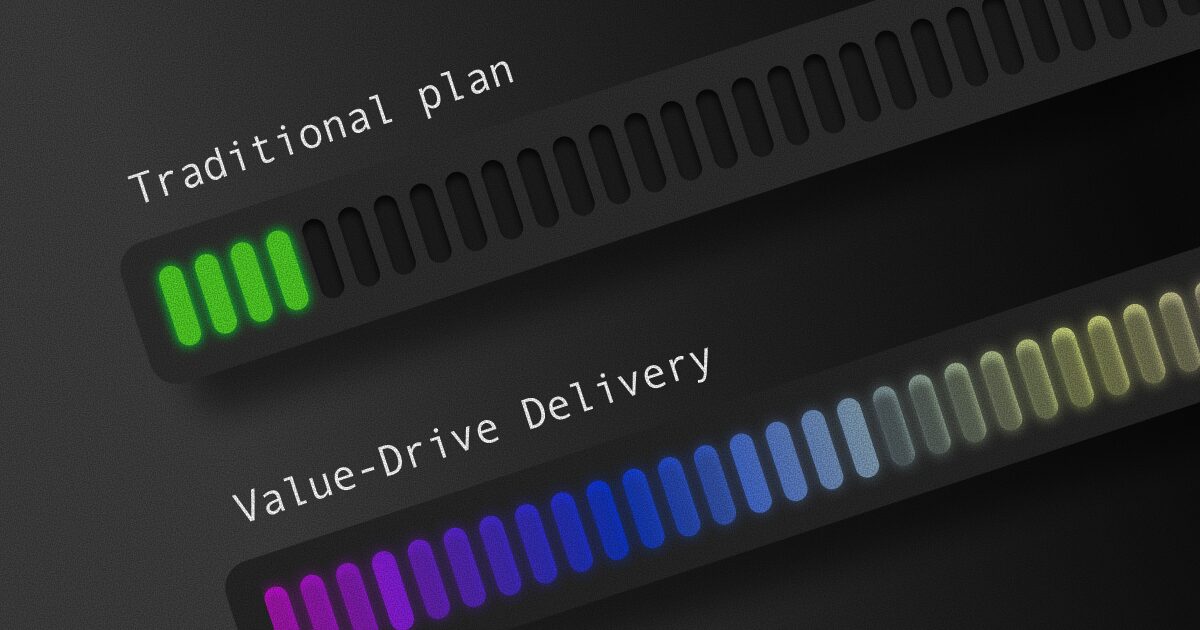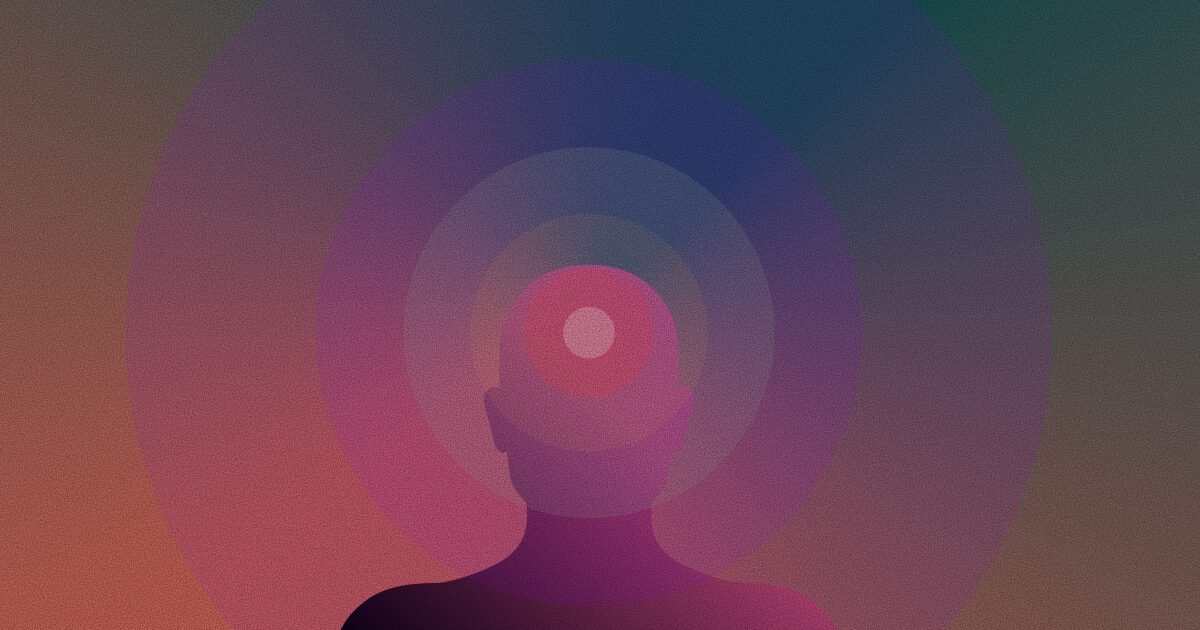April 19, 2021 - 5 min
User Research: From Understanding Users to Actionable Recommendations
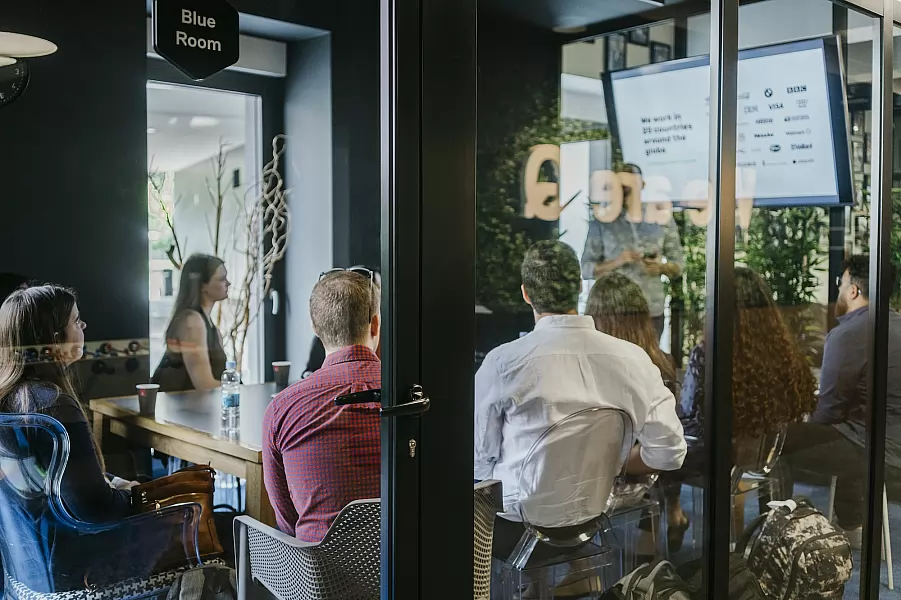
Lately, there has been a lot of talk about user research. It’s perceived as this magical thing that can solve every project, but nobody understands why it is needed or how it’s done. Even when it is recognized as needed, the question is who will do it and why asking a couple of questions costs so much.
In a complex world crowded with digital products, shifting from digital features to human needs is the only way to make meaningful and innovative products. To do so, we need to grasp the human mindset shifts via behavior principles. We have to fully understand what is lying behind expressed thoughts and understand the real user needs in a broader social context. As Henry Ford said when he made his first car: “If I had asked people what they wanted, they would have said faster horses.”
At Q, user research is part of the first stage of product strategy that focuses on understanding the business context and sets the foundations for the project. Product strategists do user research at Q and UX designers duration ranges from a week to a month, depending on the project needs and the client’s wishes.
When and why is user research needed?
User research delivers many benefits to the business. The product created is based on users’ knowledge, making more certainty about building and reducing delivery time/costs. Research also shifts projects from tech-focused products to those that meet users’ needs and enhance experiences making them more innovative and desirable.
By doing the research, we can distinguish user requirements early on in the process: saving clients’ investment by doing it right the first time.
As you can see in the figure below, every project stage generates a ten-fold increase in the cost to make changes, so it is better to spend some extra money on good foundations than spend a lot more money later down the line.
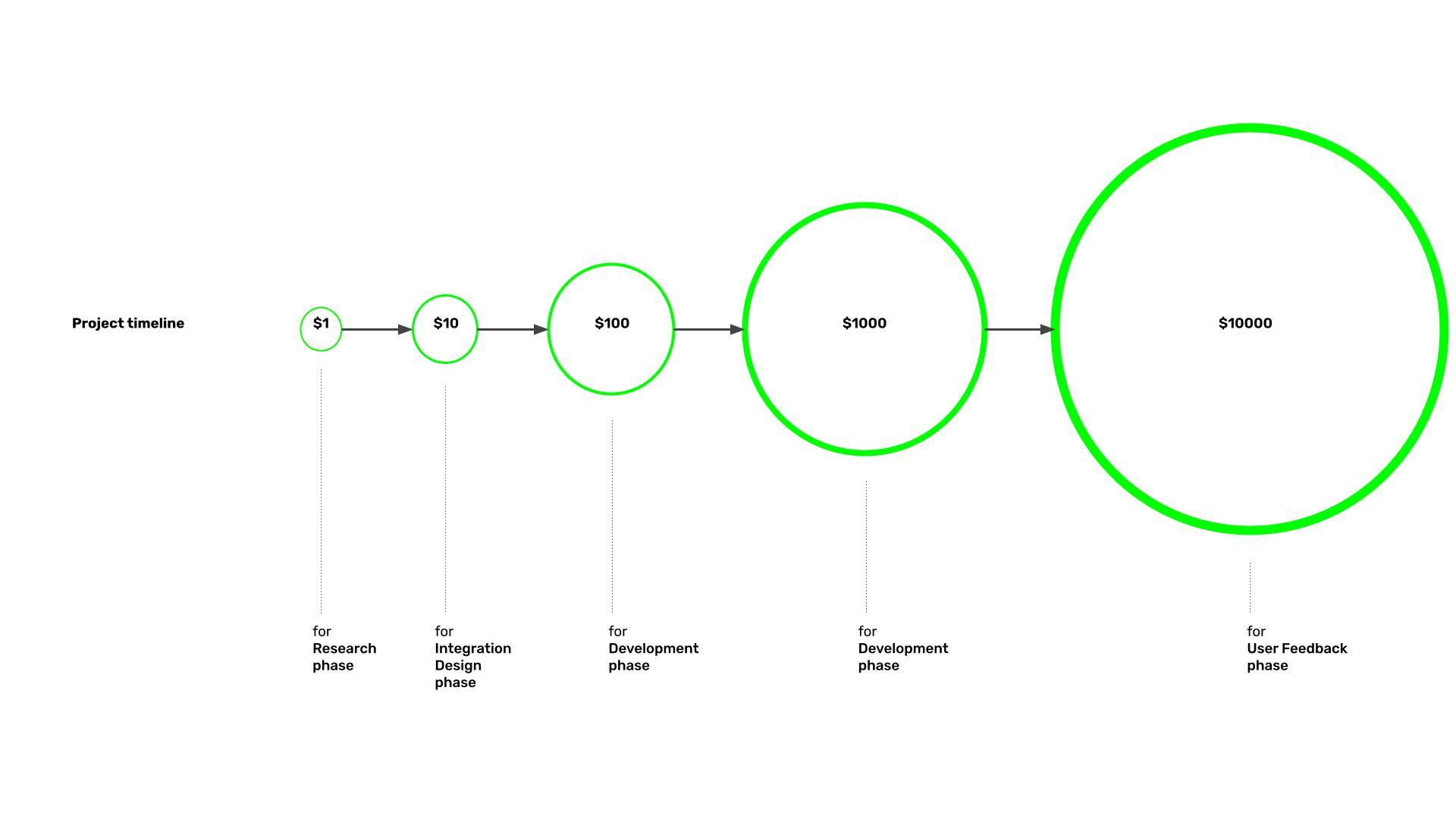
Now we’ve explained the benefits, but there is still the question of timing. Research is helpful in any of the project stages: Discovery, Development, and live phase. In each of these stages, research is done with dierent methods and brings various benefits.
The aim of user research in the Discovery Phase is to determine who the users are, what they’re trying to accomplish, and how your product or service fits their everyday lives, needs, and habits.
User research in the development phase aims to improve the team’s understanding of users and their needs. They test dierent design ideas and prototypes and learn how to develop a service to help users achieve their goals.
The aim of user research in the live phase is to assess people’s experience using your service, understand evolving user needs, and test new features, changes, or improvements.
User research process
To conduct good user research, it is necessary to set the objectives of the research first. When we were developing a training app, the research objective was to understand users’ and trainers’ needs in the digital training space.
After having a clear objective, we could choose the best research method, prepare and conduct the research. In the training app example, we decided to use an interview method since we wanted to get the insights that will help us with the app features’ ideation.
Before the interviews, we created structured interview guidelines with the interview flow and all the questions. Besides the guidelines, we also needed to recruit the interview participants. In this case, the client helped us by giving us their contacts, but we need to set the recruitment ourselves in other projects.
The final phase of research is the organization and analysis of the research insights that lead to valuable and actionable recommendations. In the training app project, we have learned from the trainers that they miss the interaction with clients within the digital space, so we ideated on multiple communicational features.

User research methods
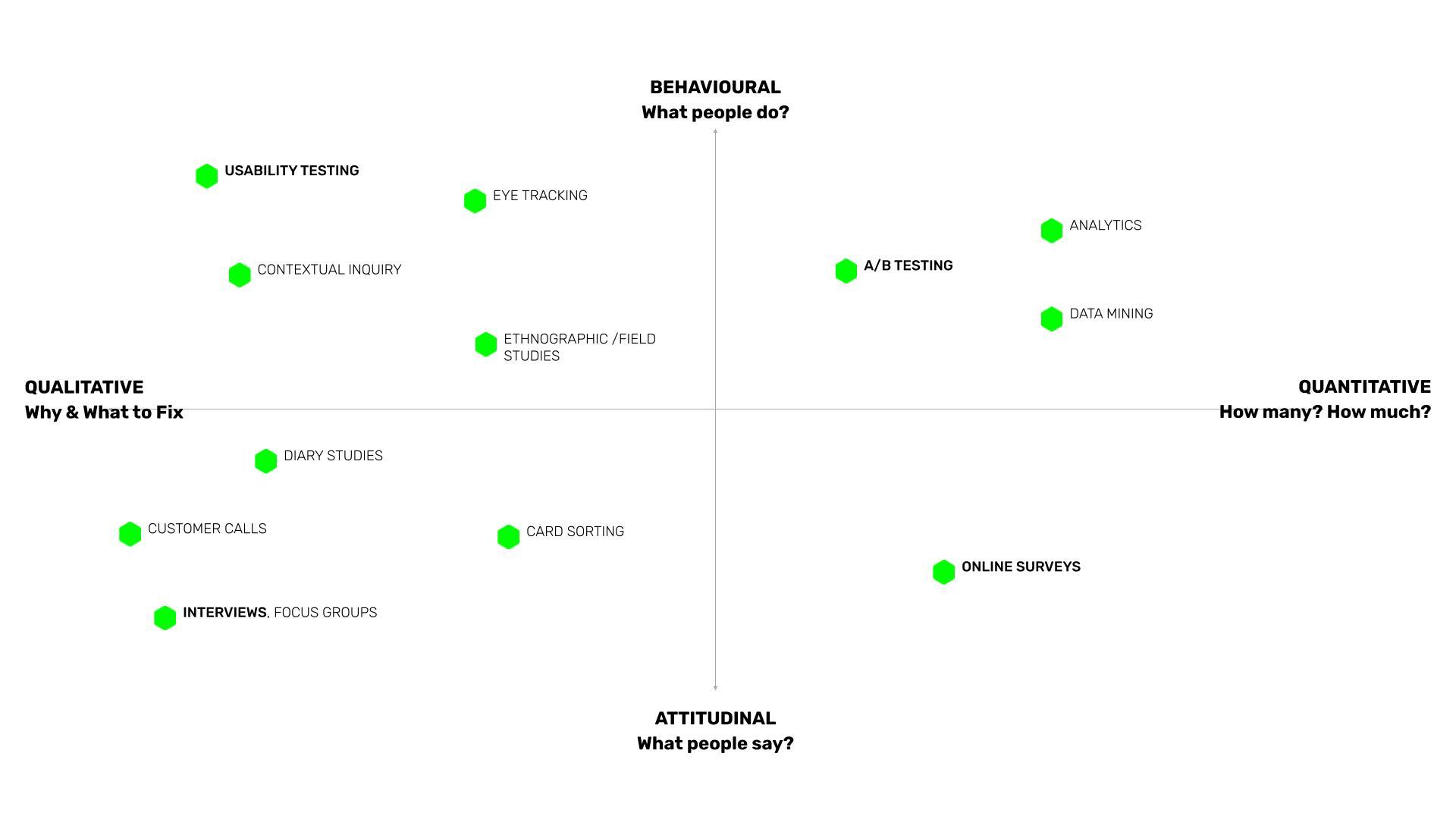
We use a range of methods to get valuable insights based on the project requirements. After setting the research objective and understanding the project problems, we find the best research method. Some of the most famous methods are user interviews, A/B testing, and usability testing.
User interviews are used to get a broader understanding of products/services in users’ everyday lives. In this case, we ask more open questions to get to the social phenomena understanding that can, later on, be translated into product-oriented recommendations. Framing questions as social phenomena allows us to get beneath the surface of what drives behavior and creates value.

For example, when developing the online partying platform, we interviewed people about their clubbing experiences in general, what they like and dislike about it, what communication channels they use before, during, and after the party. We also wanted to understand the dierences between online and oline partying space and their needs connected to those two.
How do you agree on where to go with your group of friends? What are the things you don’t miss from clubs? Have you ever been to an online party? How dierent was that for you from the real one?
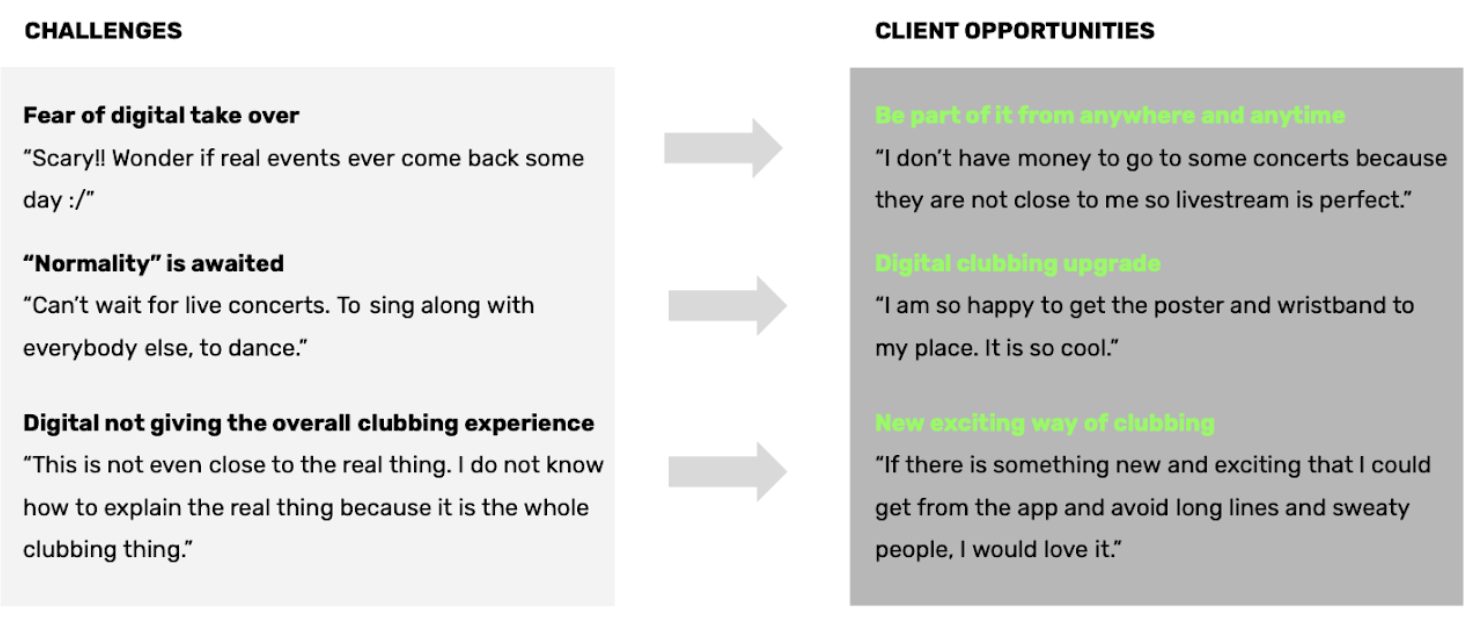

Usability testing is usually done with an existing product or prototype, where we observe how the user is interacting with it.
We carefully create the tasks for users where we can see how they use the product – e.g., If we ask you to send the form via the app, how would you do it? How did you find the experience?
This method is measurable and more focused than the interviews. Usually, we use this method to see how the current or possible future product works with users.
Sometimes, we use more than one method in the project. An example is our last project for a digital food system. First, we conducted 8 hours of user interviews with the questions based on the existing system’s eiciency and satisfaction. We translated interview pain points into the UX hypothesis that served as a foundation for creating three design upgrade prototypes.
Those three prototypes were used in usability testing to compare users’ eicacy and satisfaction between the current system and new design upgrades. Using these two methods in one project, we could create a final design upgrade that will be valuable.

User research at Q must end with actionable insights that feed future product development. Our final deliverables are in the form of a package that includes insights, observations, the scale of pain points, quotes, research prototypes, and recommendations.
Give Kudos by sharing the post!


